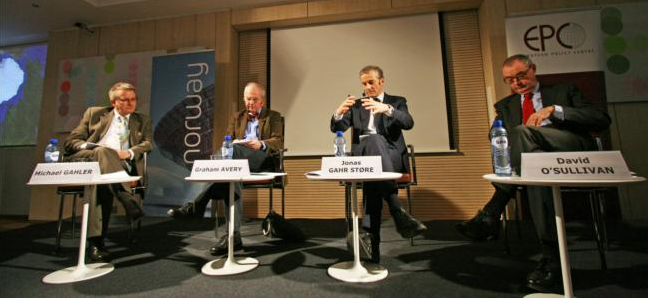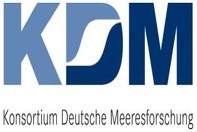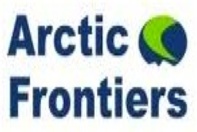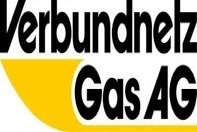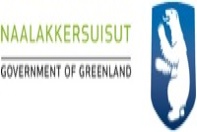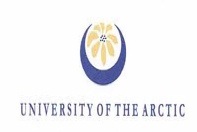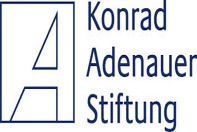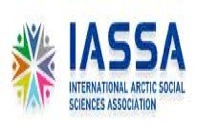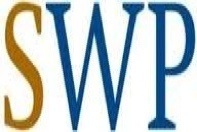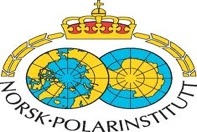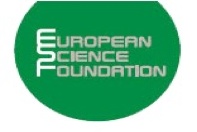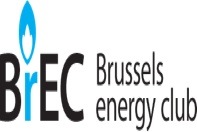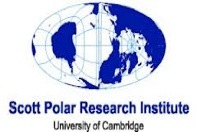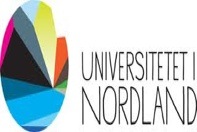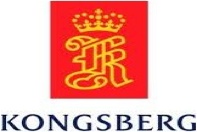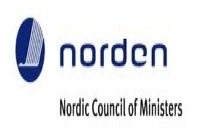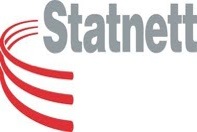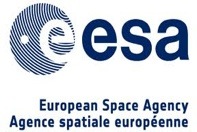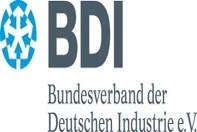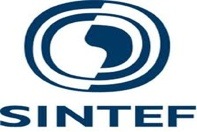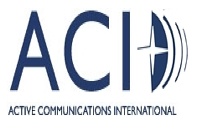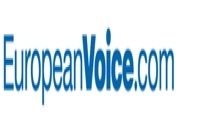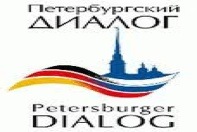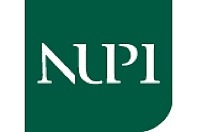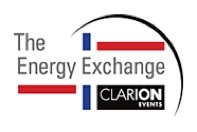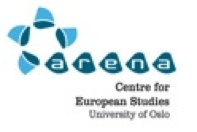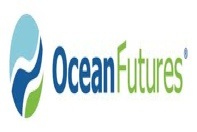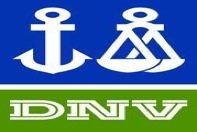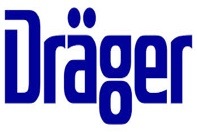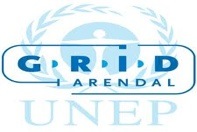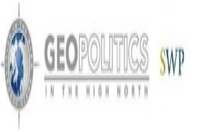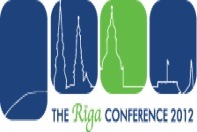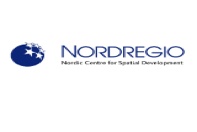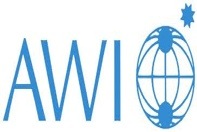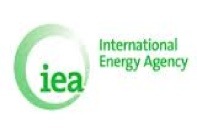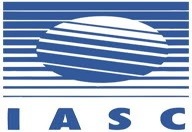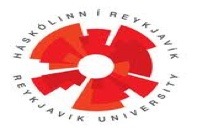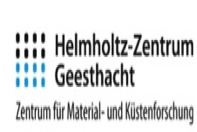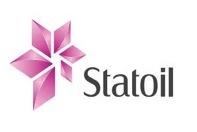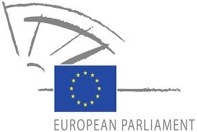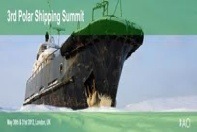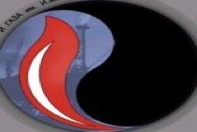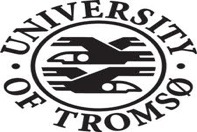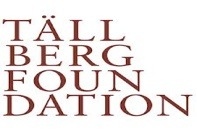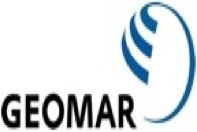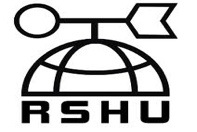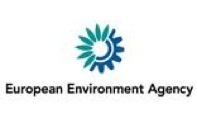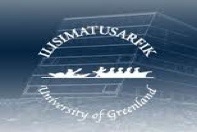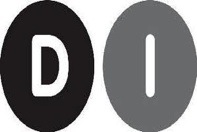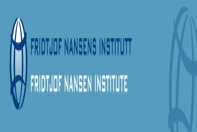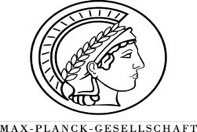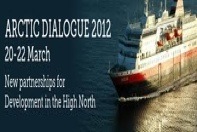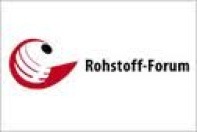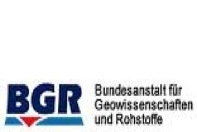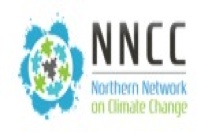What future for the High North? Debate with Norwegian Foreign Minister Jonas Gahr Støre, MEP Michael Gahler and David O’Sullivan, chief operating officer EEAS in Brussels
Michael Gahler MEP, Rapporteur of the Arctic Report and Member of the Advisory Board of the EU Arctic Forum, discussing on panel with Norwegian Foreign Minister Jonas Gahr Støre and EEAS chief operating officer O’Sullivan.
People increasingly are also looking to the North, which is right on our doorstep. We have no choice but to lead here,” stated Norwegian Foreign Minister Jonas Gahr Støre in Brussels at Panel in the Norway House addressing a mixed audience of Brussels’ EU officials, think tanks, EU businesses associations and press.
The Minister said Norway’s strategy for the High North, the Nordområdepolitikk, was about boosting transport and energy infrastructure but also protecting local livelihoods and the environment. “ Several European Countries, China, Japan, South Korea and India all have research stations on Svalbard. Many of these countries, like the EU, want to be permanent observer members of the Arctic Council. “Norway welcomes this and will push for all applications to be considered. We need to assess the seriousness of the applications and the capacity of the Arctic Council to deal with all this increased interest,” Minister Støre commented. While key Arctic countries like Canada, the USA, Finland, Sweden and Norway, are enjoying stability, the High North is changing, noted the minister. Thus, the legal framework is changing too.
“The Arctic is not a legal vacuum and it’s not a rock in the middle of the ocean like Antarctica – it’s surrounded by populations and modern states. Therefore we need a dispute resolution system based on principles of international law” Støre said. While rejecting the perception of a “race to the Arctic,” the Minister stated “we need order and stability in the Arctic region, not military solutions.” Norway’s strategy for the High North has three dimensions: climate change, the research dimension and Russia. Climate change is making the High North’s abundance of natural resources much more accessible, including gas, oil, minerals and fish. Since very few of those resources are actually contested, Støre proclaimed the slogan “High North – Low Tensions”. Norway’s updated policy for the High North was described as having four pillars: integrated, ecosystem-based sustainable management of resources; safeguarding peace and stability; strengthening international cooperation, and strengthening the basis for value creation.
MEP Michael Gahler, rapporteur on the High North and founding member of the advisory board of the EU Arctic Forum, highlighted that “International interest in the High North has grown in recent years. The European Parliament has proposed a realistic and holistic policy approach to the Arctic in its report. “I look forward to seeing the European Commission’s progress report and communication and I believe that the results of good cooperation between actors from Europe and the Arctic, as organised by the EU Arctic Forum, will further develop European contribution to the Arctic.”
“I’m impressed by Norway’s ability to make energy, shipping, fishing and the environment compatible in its strategy. We can learn from this in the EU,” Gahler mentioned the construction of new energy infrastructure (including pipelines to Central Europe), development of the Northern Sea Route, also as a long term investment as a shortcut to Asia, as well as prospects for developing renewables and other projects, like the Access Project, to better focus European interests and contributions to the region.
“We value all our relations with third countries, and the High North is a very unique and special place,” said David O’Sullivan, chief operating officer of the European External Action Service (EEAS). “The High North is the best examples of the fact that climate change is a reality, although it is not a good thing, it does bring new opportunities for human and economic activity in the Arctic, which should be managed in a sustainable manner. We need to take into account environmental sustainability and maritime safety in all our economic activities there,” he concluded.
Steffen Weber, Secretary General EU Arctic Forum
Detailed information on the Updated Norwegian High North Strategy can be found at here.
